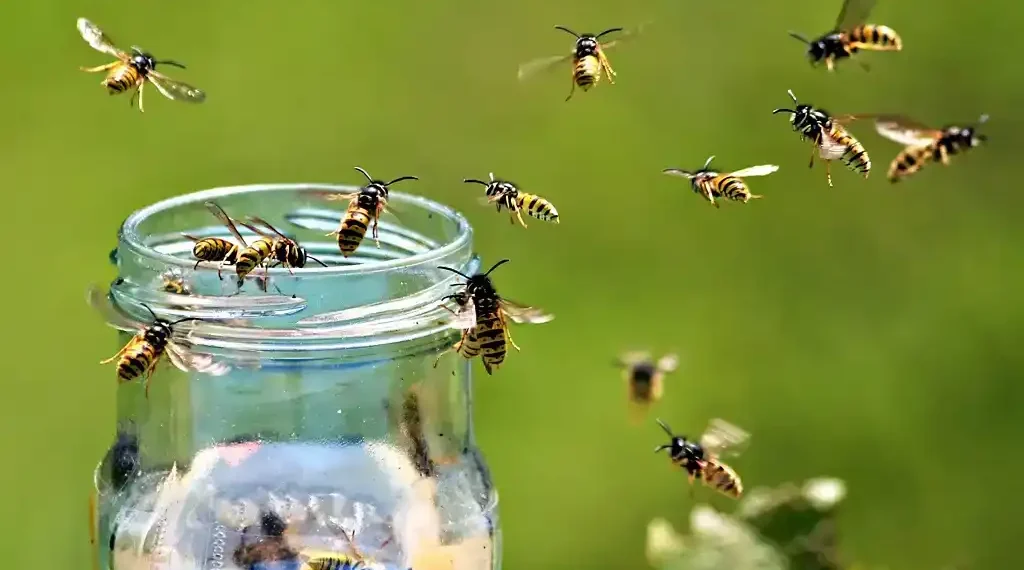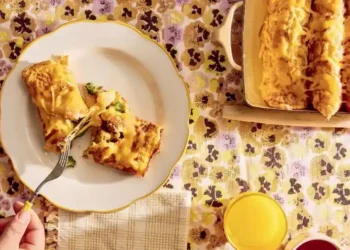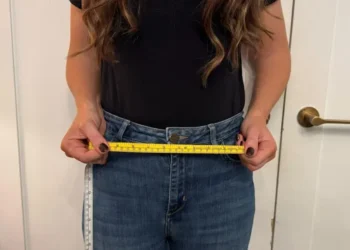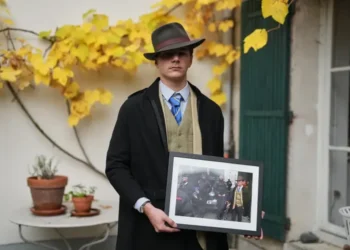How to Keep Hungry Wasps from Ruining Your Summer Picnic
Published Time 08-12-2025, 14:00
Summer picnics are a cherished way to enjoy warm days outdoors, but hungry wasps often arrive uninvited and disrupt the fun. These common insects, while sometimes viewed as pests, play vital roles in ecosystems as pollinators and natural pest controllers. Understanding their behavior can help you peacefully share your picnic without them stealing the spotlight—or your food.
Why Wasps Come to Your Picnic: Understanding Their Behavior
The wasps most likely to intrude on your picnic are usually the common yellowjacket (Vespula vulgaris) and the German wasp (Vespula germanica). These species are social insects, and worker wasps (all females) forage to bring food back to their colony’s larvae.
Their foraging habits change throughout the summer season, depending on the needs of their young. Early in the season, wasps focus on protein sources to feed their growing larvae. Later, when larvae pupate and no longer require feeding, adult wasps shift their preference toward sugary foods like nectar—or unfortunately, your sweet picnic treats.
By learning these seasonal feeding habits, you can anticipate wasp behavior and reduce the chances they’ll disrupt your meal.
Stay Calm and Still: Avoid Triggering Wasps’ Defense Mode
When a wasp approaches your picnic, sudden movements can be mistaken for threats. Wasps rely heavily on smell receptors to locate food but use visual cues to navigate once they are near. If you start waving your arms or swatting at them, this can mimic the behavior of predators, such as badgers in the UK, and provoke defensive attacks.
To avoid this, keep your mouth closed and breathe calmly to minimize carbon dioxide release—a signal that can alert wasps to danger. Staying still helps the wasp focus on gathering food rather than reacting to you.
Observe Their Choice: What Is the Wasp Eating?
Watch closely what the wasp collects from your picnic. Is she carrying away a piece of ham, a scoop of jam, or slurping from a sugary drink? This observation offers clues about what the wasp’s colony needs at that moment. The wasp is on a mission to provide specific nutrients to her larvae, so she’s very focused on her target food.
By noting what she takes, you can prepare a separate food offering to divert her attention away from your main meal.
The Simple Wasp-Offering Trick: Feed Them to Eat in Peace
One of the most effective ways to enjoy your picnic without constant wasp interruptions is to create a “wasp offering.” Once the wasp flies off with her food, place a small portion of the same food slightly away from your picnic spread. This spot becomes her go-to feeding station, keeping her—and potentially other wasps—occupied.
Over time, you can move the offering further from your eating area, reducing wasp visits near your guests. This technique is widely used worldwide, from backyard picnics to outdoor restaurants, and is backed by entomologists as a humane and practical way to coexist with these insects.
Unlike honeybees, which recruit many foragers to a food source through complex communication, social wasps are less likely to swarm in large numbers at a single site. This means a few wasps at your picnic likely arrived by chance, rather than an organized call.
Seasonal Shifts in Wasp Feeding Habits: Protein to Sugar
Wasps’ food preferences evolve as their colony develops. Early summer sees wasps hunting protein-rich foods such as insects or meat, essential for feeding their carnivorous larvae. This phase typically lasts until mid-to-late August.
As the larvae pupate and no longer need feeding, wasps shift their focus toward sugars like nectar from flowers or sweet human foods such as jam and lemonade. This shift signals the colony is entering its later stages of the season.
By understanding this seasonal change, you can better predict whether your picnic will attract wasps seeking ham or those more interested in sugary treats.
The Wasp Waist: Evolutionary Adaptation for Feeding
A distinctive feature of adult wasps is their narrow “wasp waist,” scientifically called the petiole. This constriction between the thorax and abdomen evolved to allow the wasp to bend its abdomen to paralyze prey or lay eggs in other insects.
This anatomy also limits wasps to a mostly liquid diet, as solid food is chewed and processed by larvae. The larvae in return produce a nutritious secretion that adult wasps feed on, supplementing their diet with nectar. This mutual feeding cycle helps maintain the colony’s health throughout the season.
Why Wasps Are Important: Beyond the Picnic Nuisance
While often seen as nuisances, wasps provide critical ecosystem services. They are effective predators of flies, caterpillars, aphids, and other insects considered pests by farmers and gardeners. By naturally controlling these populations, wasps contribute to healthier crops and reduced pesticide use.
Moreover, as pollinators, wasps help sustain various wild plants and flowers. With ongoing global declines in insect biodiversity, learning to coexist with wasps supports broader environmental health.
Practical Tips for Enjoying Picnics with Wasps Around
- Prepare a wasp offering early: Set aside small amounts of food wasps are targeting to divert their attention.
- Stay calm: Avoid sudden movements and loud noises to prevent triggering attacks.
- Keep food covered: Use mesh food covers when possible to reduce scent trails.
- Avoid strong scents: Perfumes and scented lotions can attract wasps.
- Clean up promptly: Remove leftovers and trash quickly to minimize food sources.
By combining knowledge of wasp biology with simple preventative measures, you can protect your picnic without harming these valuable insects.
Conclusion: Sharing Summer Meals with Wasps
Wasps may seem like uninvited guests at summer picnics, but understanding their seasonal behavior and motivations can help you peacefully coexist. A calm approach and a small “wasp offering” can keep these vital pollinators and pest controllers at bay, ensuring your outdoor meals are enjoyable for everyone.
This article was rewritten by JournosNews.com based on verified reporting from trusted sources. The content has been independently reviewed, fact-checked, and edited for accuracy, neutrality, tone, and global readability in accordance with Google News and AdSense standards.
All opinions, quotes, or statements from contributors, experts, or sourced organizations do not necessarily reflect the views of JournosNews.com. JournosNews.com maintains full editorial independence from any external funders, sponsors, or organizations.
Stay informed with JournosNews.com — your trusted source for verified global reporting and in-depth analysis. Follow us on Google News, BlueSky, and X for real-time updates.













